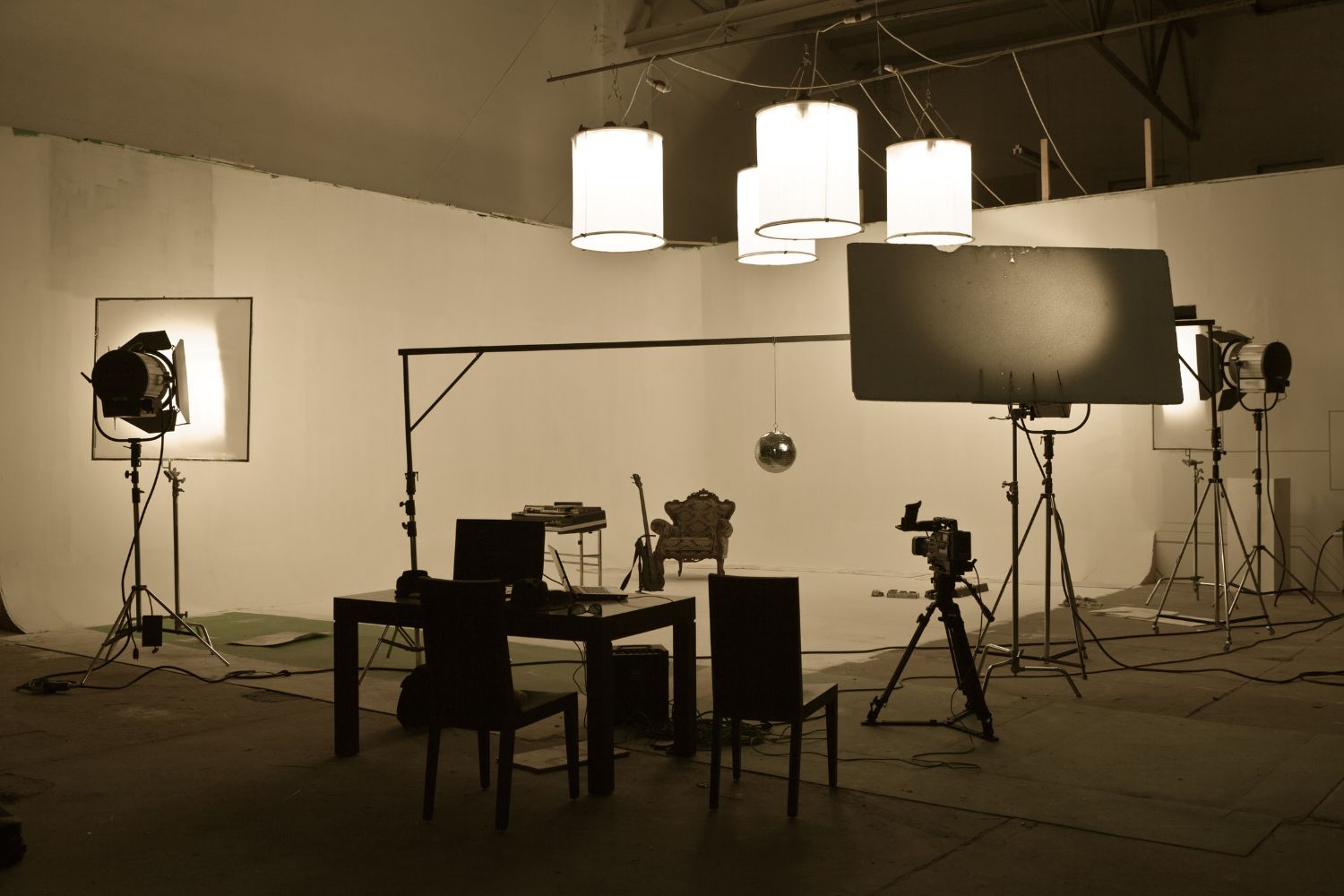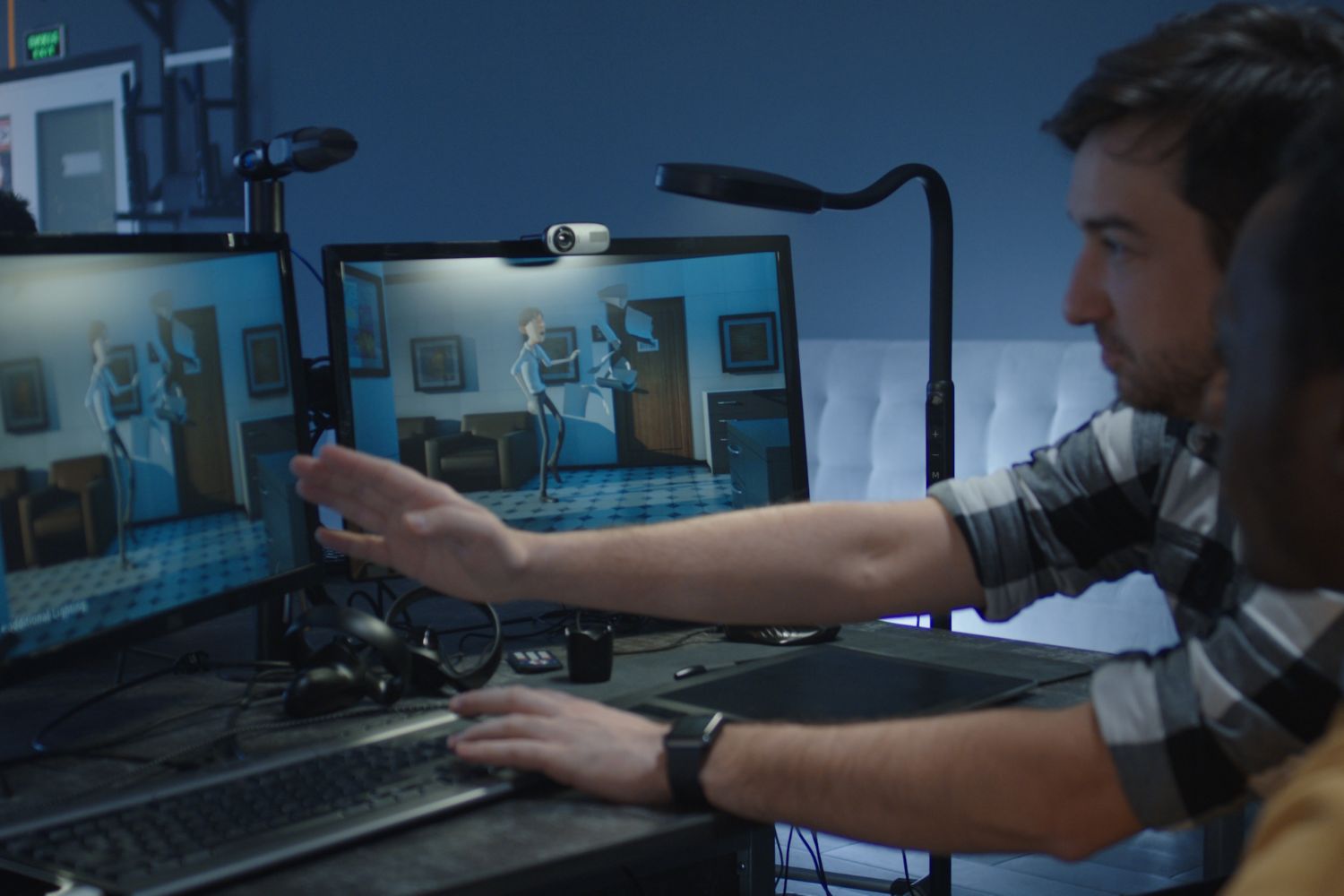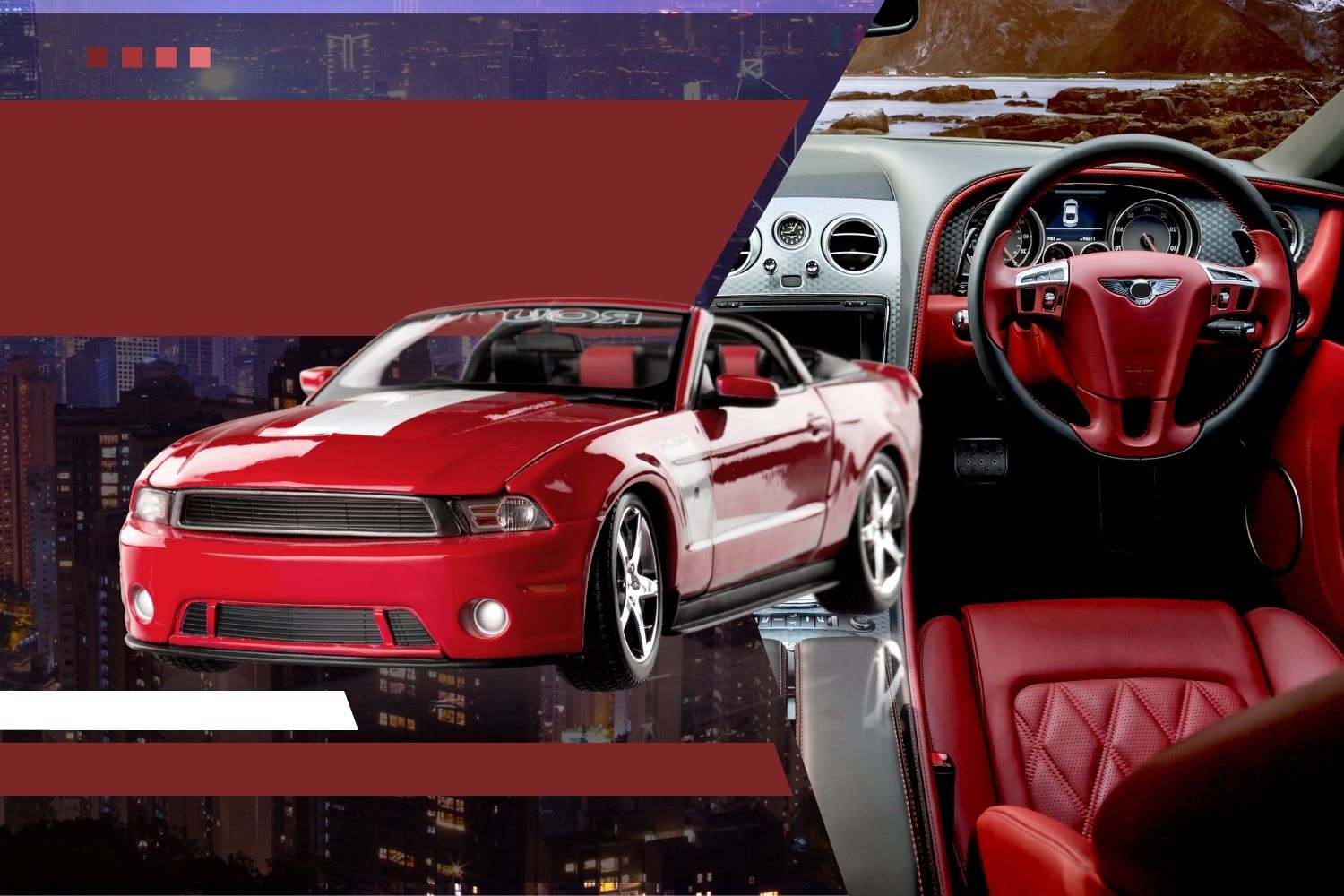How To Connect Your Record Player To Bluetooth?
Table of contents
- Benefits of Bluetooth Connectivity
- Essential Equipment for Bluetooth Connection
- Step-by-Step Bluetooth Setup Guide
- Troubleshooting Common Setup Issues
- Choosing the Right Bluetooth Solution
- Optimizing Your Bluetooth Experience
- Bluetooth vs. Wi-Fi Wireless
- The Future of Bluetooth in Audio
- 3 Special Tips for a Seamless Connection
- Final Thoughts
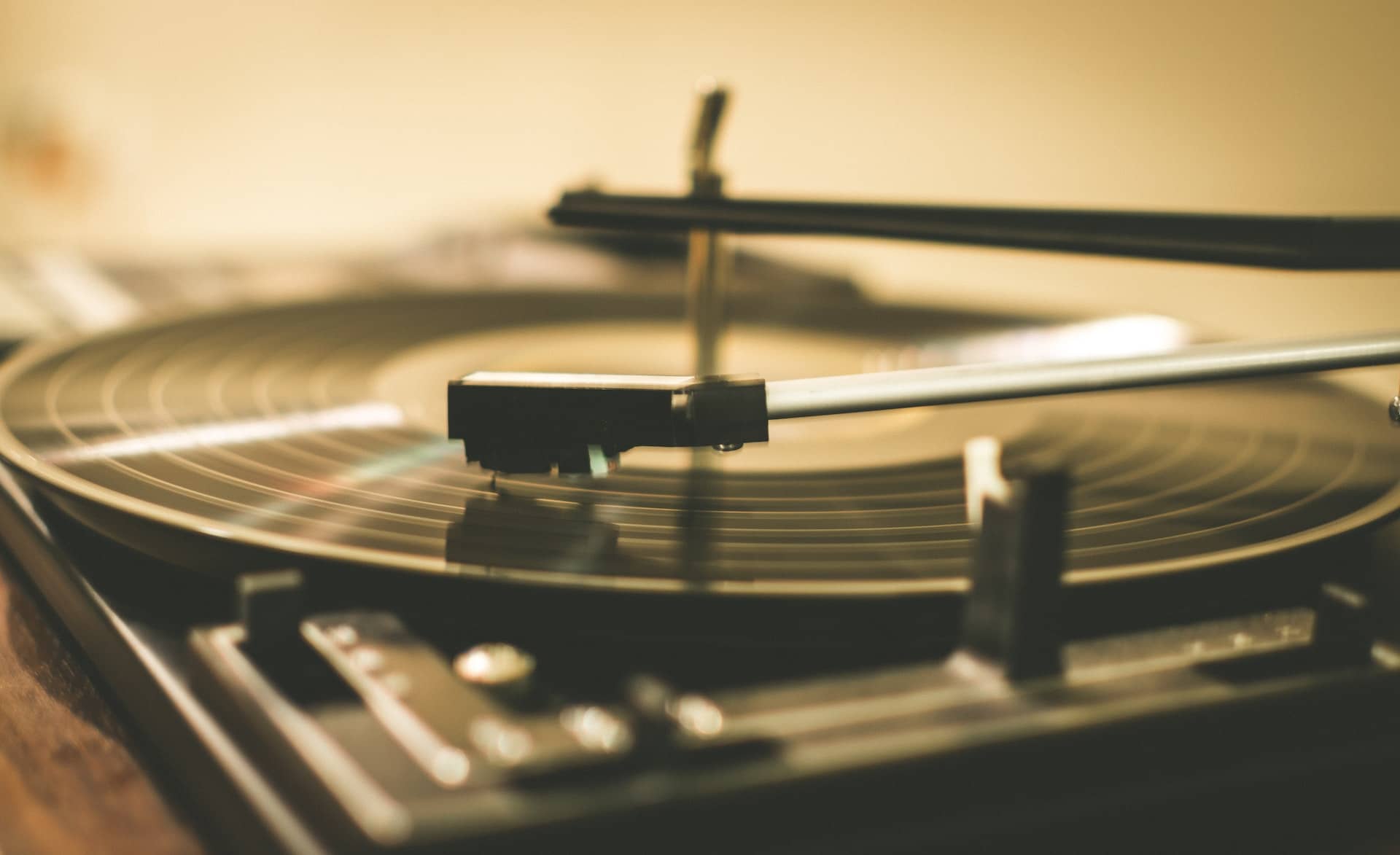
Are you a vinyl enthusiast keen on blending the classic with the contemporary? Connecting your record player to Bluetooth opens up a world of wireless convenience, allowing you to stream your cherished vinyl collection through modern speakers or headphones. Let’s dive into how you can make this happen.
Benefits of Bluetooth Connectivity
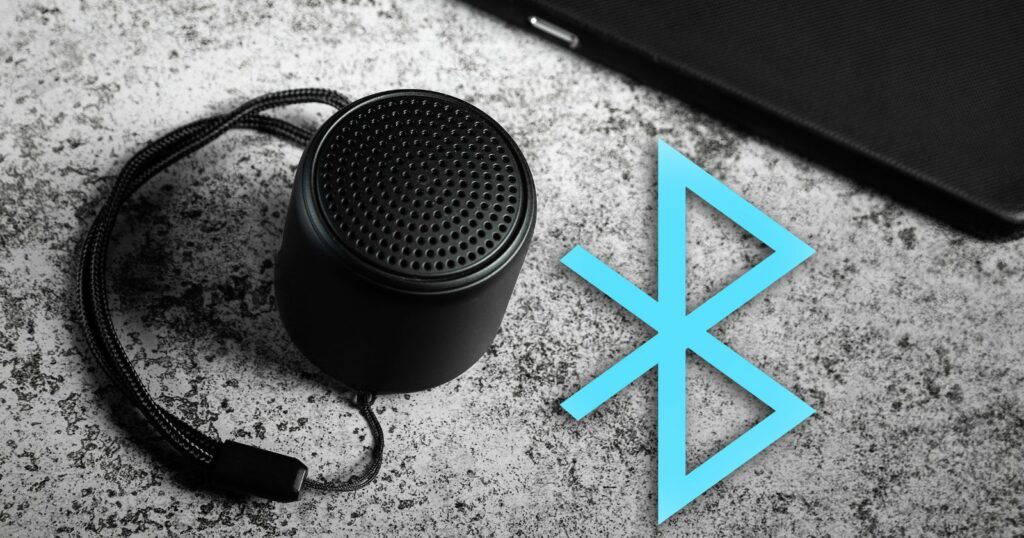
- Wireless Freedom: Say goodbye to the clutter of cables. Bluetooth connectivity lets you enjoy your vinyl records without being tethered to your audio setup.
- Versatile Listening: Stream your records to any Bluetooth-enabled device, be it speakers, headphones, or home theater systems.
- Easy Setup and Pairing: Bluetooth technology is designed for simplicity. Connecting your record player to Bluetooth devices usually involves a straightforward pairing process, making it user-friendly for all ages.
- Multi-Room Audio Experience: With Bluetooth, you can easily set up a multi-room audio system. This means you can have your vinyl playing in one room while streaming the audio to speakers in different parts of your home.
- Energy Efficiency: Bluetooth connections typically consume less power compared to traditional wired systems, making it a more energy-efficient choice for music enthusiasts.
- Enhanced Mobility: The portability factor of Bluetooth-enabled devices allows you to move your record player around without worrying about the reach and limitations of physical cables.
- Future-Proofing Your Collection: As technology advances, having a Bluetooth-compatible record player ensures that your vinyl collection remains accessible and enjoyable, even as traditional wired systems become less common.
Essential Equipment for Bluetooth Connection
To get started, you’ll need:
- A Bluetooth transmitter compatible with your record player.
- RCA cables to connect the transmitter to your player.
- A power source for the transmitter.
Step-by-Step Bluetooth Setup Guide
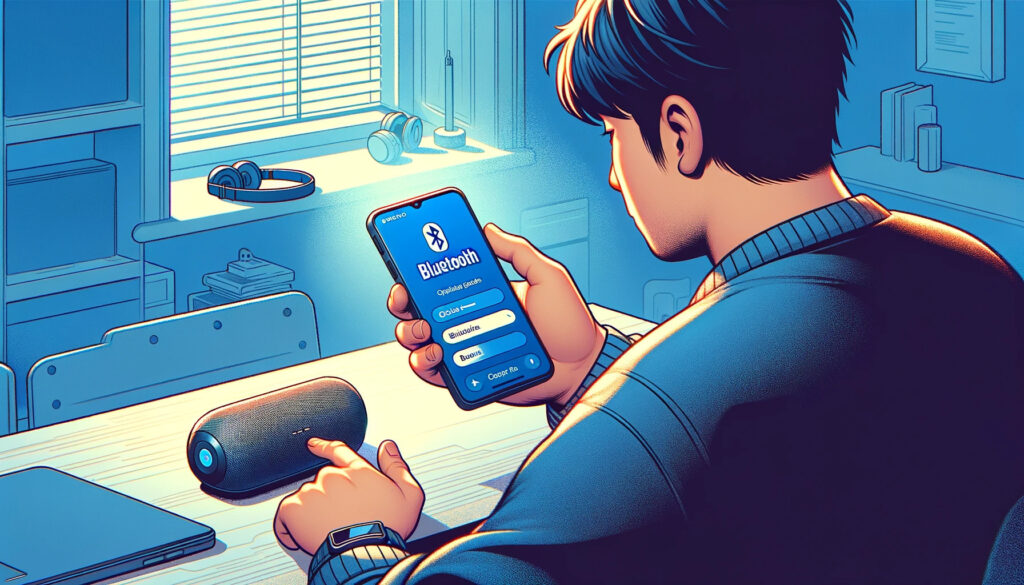
- Check Your Record Player: Ensure it has an audio output port. If not, you’ll need a phono preamp.
- Connect the Transmitter: Attach the Bluetooth transmitter to the record player using RCA cables.
- Pair with Bluetooth Device: Turn on the transmitter and pair it with your Bluetooth speaker or headphones.
Troubleshooting Common Setup Issues
- Audio Distortion: Check the connections and ensure the transmitter is compatible with your record player.
- Pairing Difficulties: Reset both devices and attempt pairing again, ensuring they are in close proximity.
- Interference from Other Devices: Bluetooth signals can be disrupted by other wireless devices. Try turning off nearby Wi-Fi routers, smartphones, or other Bluetooth devices to reduce interference.
- Battery Power: If your Bluetooth transmitter or receiver is battery-powered, ensure it’s fully charged. Low battery levels can lead to poor connection quality or dropouts.
- Firmware Updates: Check if your Bluetooth devices have any firmware updates available. Updating to the latest firmware can resolve many connectivity and performance issues.
- Audio Format Compatibility: Ensure that the audio format of your record player is compatible with the Bluetooth device. Some older record players may have formats that newer Bluetooth devices don’t support.
- Range Limitations: Remember that Bluetooth has a limited range. If the record player and the Bluetooth speaker or headphones are too far apart, the connection may be unstable. Try to keep them within the recommended range, usually around 30 feet.
Choosing the Right Bluetooth Solution
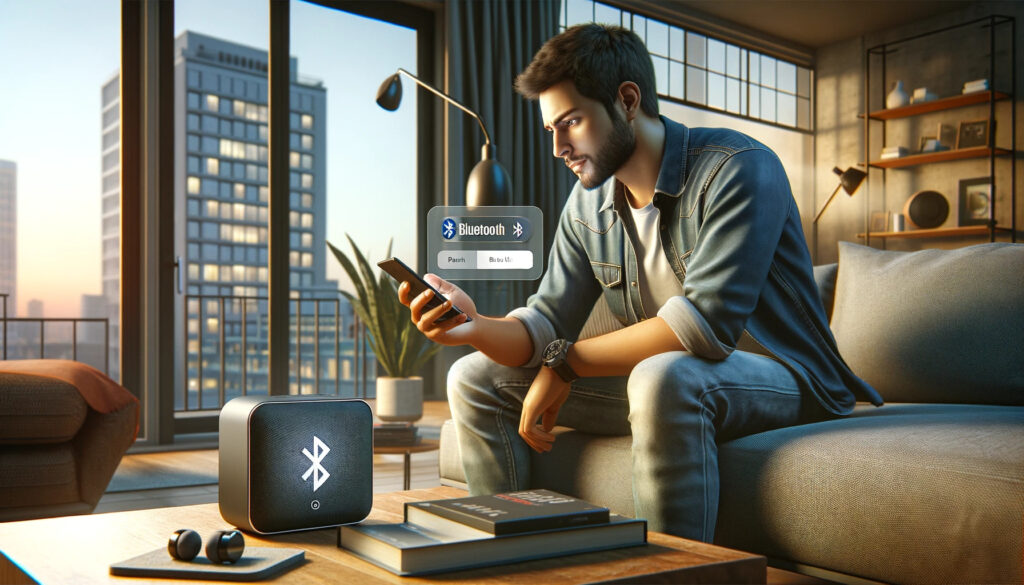
- Bluetooth-Enabled Turntables: Some modern turntables come with built-in Bluetooth.
- Adding a Transmitter: For traditional players, a separate Bluetooth transmitter is the way to go.
- Compatibility with Audio Equipment: Ensure that the Bluetooth solution you choose is compatible with your existing audio equipment, such as speakers or headphones.
- Audio Quality: Some Bluetooth solutions may compress audio data, affecting sound quality. Look for options that support high-quality audio codecs like aptX or LDAC.
- Ease of Use: Consider how easy it is to set up and use the Bluetooth solution. User-friendly interfaces and simple pairing processes can enhance your experience.
- Range and Stability: Check the effective range of the Bluetooth connection and ensure it’s stable without frequent dropouts, especially if you plan to move around your space while listening.
- Battery Life (for Portable Solutions): If you opt for a portable Bluetooth transmitter, consider its battery life and charging options to ensure uninterrupted listening sessions.
- Cost: Compare the prices of different Bluetooth solutions and weigh them against their features and benefits to find the best value for your needs.
Optimizing Your Bluetooth Experience
- Placement Matters: Position your Bluetooth device and transmitter in direct sight of each other to enhance signal strength.
- Battery Life: Regular charging of your devices ensures uninterrupted Bluetooth connectivity.
- Update Firmware: Keep your devices up-to-date with the latest firmware to enhance performance and add new features.
- Minimize Interference: Reduce signal disruption by keeping other wireless devices, like Wi-Fi routers, away from your Bluetooth setup.
- Quality of Transmitter: Choose a high-quality transmitter for improved connection range and stability.
- Audio Codec Support: Opt for devices supporting advanced audio codecs like AAC, aptX, or LDAC for better sound quality.
- Environment Considerations: Be mindful of physical obstructions like walls and furniture that can weaken Bluetooth signals.
- Device Compatibility: Ensure all Bluetooth devices are compatible for smooth and efficient pairing and operation.
Bluetooth vs. Wi-Fi Wireless
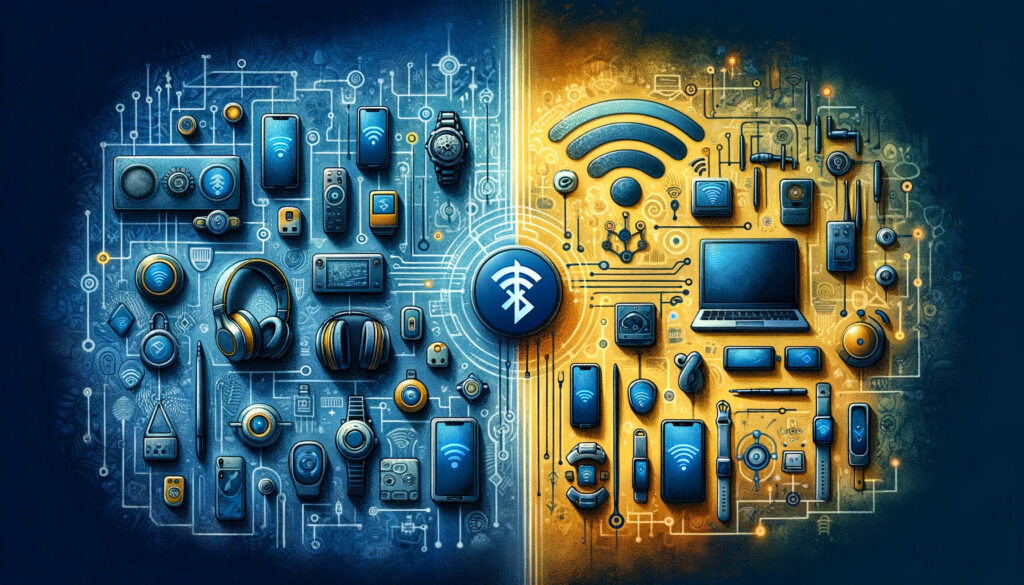
| Feature | Bluetooth | Wi-Fi |
|---|---|---|
| Range | Ideal for short-range connections. | Better suited for long-range connections. |
| Power Consumption | Low power consumption, suitable for battery-operated devices. | Higher power consumption, typically used in devices with a constant power source. |
| Ease of Setup | Generally simpler to set up and pair with devices. | May require more steps to connect, including network configurations. |
| Device Compatibility | Widely supported across a range of devices. | Common, but not as universally available on all audio devices. |
| Network Dependency | Direct device-to-device connection, not dependent on a network. | Relies on a stable network, can be affected by network congestion or outages. |
| Multi-Room Audio | Typically connects to one device at a time, limiting multi-room setups. | More effective for setting up multi-room audio systems with synchronized streaming. |
| Latency | Can experience higher latency, noticeable in activities like watching videos. | Generally offers lower latency, better for real-time audio and video synchronization. |
The Future of Bluetooth in Audio
Expect advancements like:
- Voice Assistant Integration: For hands-free control, enabling users to manage playback and settings through voice commands.
- Enhanced Audio Quality: With the development of new codecs and technologies, expect richer, more detailed sound reproduction.
- Increased Range and Stability: Future Bluetooth versions may offer extended range and more stable connections, reducing dropouts and interference.
- Lower Energy Consumption: Advancements in Bluetooth technology could lead to more energy-efficient devices, prolonging battery life.
- Multi-Device Connectivity: Enhanced capabilities for connecting multiple devices simultaneously, allowing for a more integrated audio experience.
- Smart Home Integration: Seamless integration with smart home systems, enabling users to control their audio setup as part of a connected home environment.
- Personalized Listening Experiences: Advanced algorithms and AI integration for tailored audio experiences based on user preferences and listening habits.
- Improved Compatibility: Broader compatibility across a range of devices, ensuring a more universal and accessible Bluetooth audio experience.
3 Special Tips for a Seamless Connection
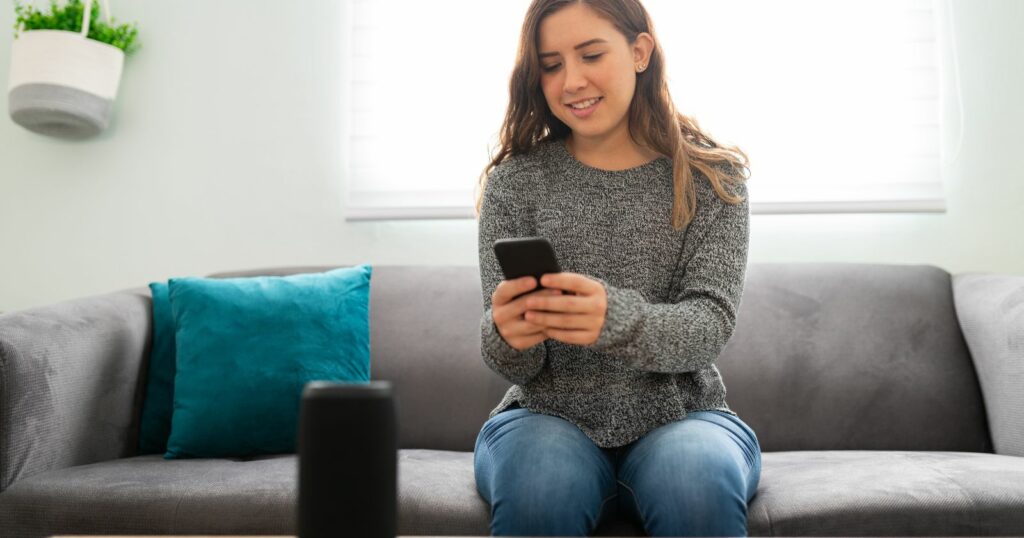
- Ensure Compatibility: Not all record players and transmitters are the same.
- Mind the Setup: Proper placement and connection can significantly impact performance.
- Stay Updated: Keep the firmware of your devices up-to-date for the best experience.
Final Thoughts
Connecting your record player to Bluetooth marries the charm of vinyl with the convenience of modern technology. With the right setup, you can enjoy your records in a whole new way, wirelessly and effortlessly.


